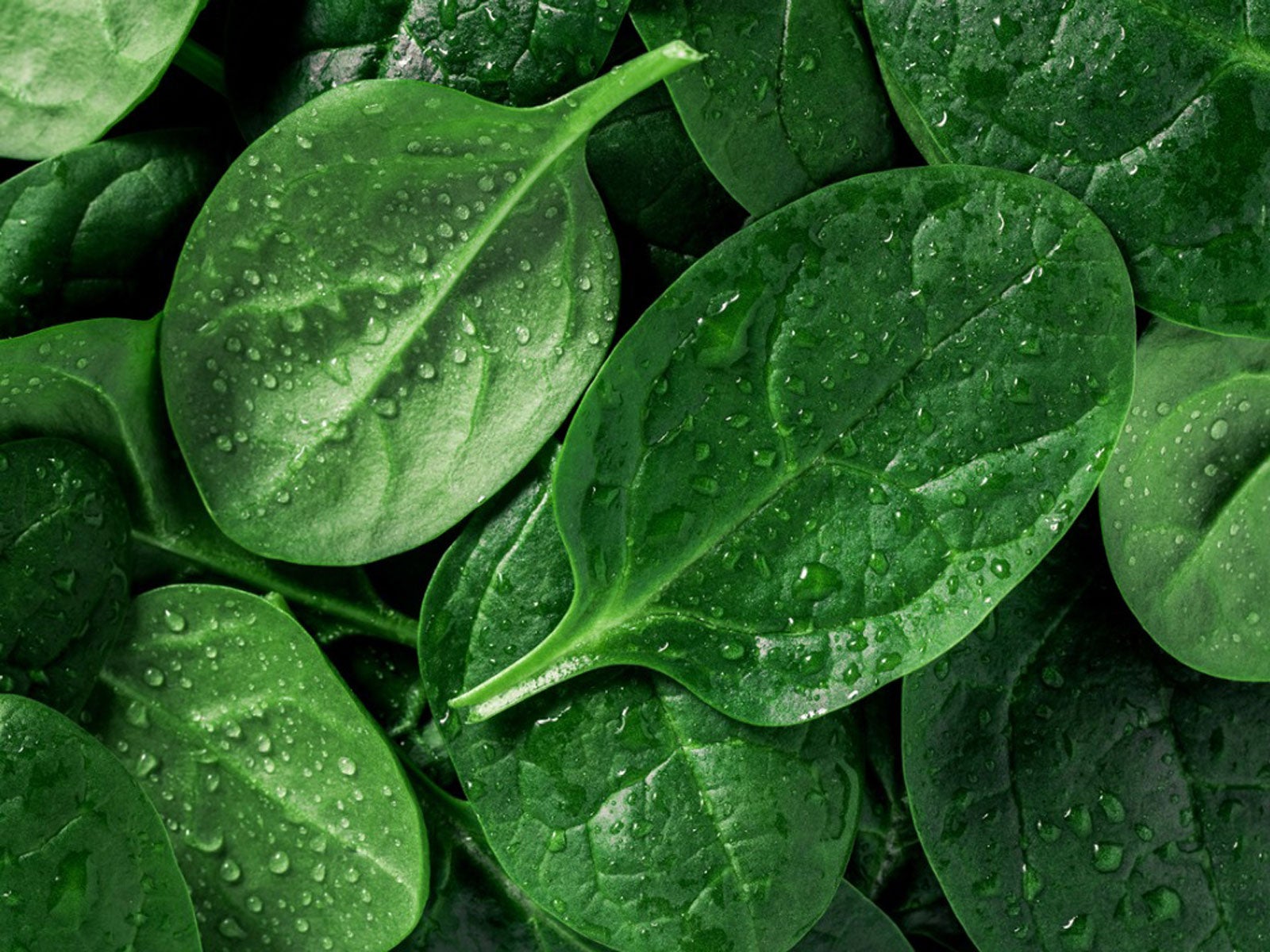
Spinach is an easy-to-grow, healthy green. If you have trouble getting your family to eat the spinach you grow, you may disguise it into a form they won’t recognize. There are a number of uses for spinach other than traditional leafy greens.
How to Use Spinach
Spinach is great in salads,
especially the young, tender leaves. Online recipes suggest a warm bacon or
pomegranate vinaigrette dressing. Get creative with your family’s favorites.
Add spinach to other greens or make the salad exclusively with spinach. Older
leaves make a tasty stir-fry. Fresh spinach dip is another simple way of
disguising the spinach.
Quiche Lorraine is an easy main
dish for lunch and supper. Most likely, the spinach will be disguised by the
other ingredients.
Chop spinach into small pieces and add it to a fruit smoothie. Use yogurt, cream, or whole milk along with lots of fruit for a healthy start to the day. When using spinach in this manner, you get the most health benefits, as they have not been cooked away. Chopping leaves releases more of the healthy lutein that is good for your eyes. Fat from the dairy products increases the solubility of the healthy carotenoid (vitamin).
Cooked spinach provides this as
well. Sources say some vitamins, including A and D, increase when spinach is
cooked, as do some carotenoids. Remember, spinach is good for you however you
consume it.
What to Do with Spinach After Harvesting
Pick your spinach leaves at the desired size for your recipe. Wash the leaves and store them in a plastic Ziploc (with a paper towel added to suck out moisture) in the refrigerator until it’s time to use it.
As spinach plants keep producing after each harvest, you might end up with more spinach than you’ve anticipated. Cook and freeze when possible; quiches and stir-fry spinach, for example, hold up well in the freezer. Surprise your family with a winter spinach side. And consider other possible spinach plant uses.
If you have skeins of raw yarn, you
can use spinach as a dye. While it sounds like a lengthy process, it is
effective and a great option for times you have too much extra spinach. It
takes quite a bit to make dye.
Spinach is an easy-to-grow, healthy green. If you have trouble getting your family to eat the spinach you grow, you may disguise it into a form they won’t recognize. There are a number of uses for spinach other than traditional leafy greens.
How to Use Spinach
Spinach is great in salads,
especially the young, tender leaves. Online recipes suggest a warm bacon or
pomegranate vinaigrette dressing. Get creative with your family’s favorites.
Add spinach to other greens or make the salad exclusively with spinach. Older
leaves make a tasty stir-fry. Fresh spinach dip is another simple way of
disguising the spinach.
Quiche Lorraine is an easy main
dish for lunch and supper. Most likely, the spinach will be disguised by the
other ingredients.
Chop spinach into small pieces and add it to a fruit smoothie. Use yogurt, cream, or whole milk along with lots of fruit for a healthy start to the day. When using spinach in this manner, you get the most health benefits, as they have not been cooked away. Chopping leaves releases more of the healthy lutein that is good for your eyes. Fat from the dairy products increases the solubility of the healthy carotenoid (vitamin).
Cooked spinach provides this as
well. Sources say some vitamins, including A and D, increase when spinach is
cooked, as do some carotenoids. Remember, spinach is good for you however you
consume it.
What to Do with Spinach After Harvesting
Pick your spinach leaves at the desired size for your recipe. Wash the leaves and store them in a plastic Ziploc (with a paper towel added to suck out moisture) in the refrigerator until it’s time to use it.
As spinach plants keep producing after each harvest, you might end up with more spinach than you’ve anticipated. Cook and freeze when possible; quiches and stir-fry spinach, for example, hold up well in the freezer. Surprise your family with a winter spinach side. And consider other possible spinach plant uses.
If you have skeins of raw yarn, you
can use spinach as a dye. While it sounds like a lengthy process, it is
effective and a great option for times you have too much extra spinach. It
takes quite a bit to make dye.
